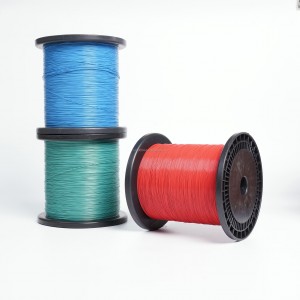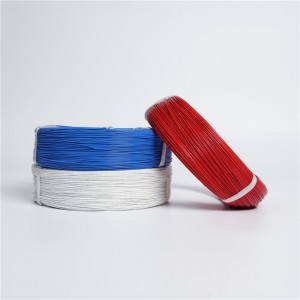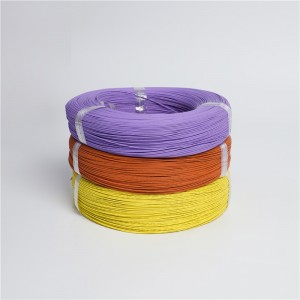What is PFA?
The English name of PFA is: Polyfluoroalkoxy, the Chinese name is: tetrafluoroethylene - perfluorinated alkoxy vinyl ether copolymer (also known as: perfluorinated alkylates, soluble polytetrafluoroethylene) PFA resin is relatively new melt-processable fluoroplastics, PFA, FEP, PTFE chemical properties are similar, but FEP can only be used below 200 degrees, PTFE can not be injected.
1、Specific gravity: 2.13-2.167g/cm3
2、Molding shrinkage: 3.1-7.7%
3、Molding temperature: 350-400℃
4、The melting point of PFA is about 580F and the density is 2.13- 2.16g/cc (g/cm3).



The characteristics and main uses of PFA
PFA is commonly known as fusible PTFE, and its various properties are the top of fluoroplastics, and its usage is similar to FEP. It is widely used in semiconductor industry, as well as medical, chemical and anti-corrosion, automotive and other fields.
PFA is available in pellet form for molding and extrusion, powder form for rotational molding and coating, and in semi-finished products such as films, sheets, rods and tubing. The PFA resins distributed in the U.S. market are Teflon brand from DUPOut, Neoflon brand from Daikin, Hthen brand from Ansimont, and Hostafl brand from HOechst Celanese.
1、The main uses of PFA.
①. Suitable for the production of corrosion-resistant parts, wear-resistant parts, seals, insulation parts and medical equipment parts.
②. High temperature wire and cable insulation, anti-corrosion equipment, sealing materials, pump and valve bushings, and chemical containers.
2、Forming performance
①. Crystalline material, small moisture absorption. Can be processed into products by the usual thermoplastic processing methods.
②. Poor mobility, very easy to decompose, decomposition produces corrosive gas. The molding temperature should not exceed 475 degrees, the mold should be heated to 150-200 degrees, and the pouring system should have low resistance to the material flow.
③. Translucent granules, injection and extrusion molding. Molding temperature 350-400 degrees, above 475 degrees is easy to cause discoloration or bubbles. And note that it will be more difficult to demold.
④. Because the molten material has a corrosive effect on the metal, long-term production, the mold needs chromium plating treatment.
Material performance
1、 PFA is a copolymer of a small amount of perfluoropropyl perfluorovinyl ether and polytetrafluoroethylene. Melt bonding is enhanced, the viscosity of the solution is reduced, while the performance is unchanged compared with PTFE. This resin can be directly processed into products by ordinary thermoplastic molding method.
2, long-term use temperature - 80 - 260 degrees, has excellent chemical resistance, corrosion resistance to all chemicals, the lowest coefficient of friction in the plastic, there are very good electrical properties, its electrical insulation is not affected by the temperature, the "plastic king" called.
3, its chemical resistance and PTFE similar, better than vinylidene fluoride.
4, its creep resistance and compression strength are better than PTFE, high tensile strength, elongation up to 100-300%. Good dielectric properties, excellent radiation resistance.
5、Non-toxic: physiologically inert, can be implanted in human body .
Post time: Nov-18-2022

